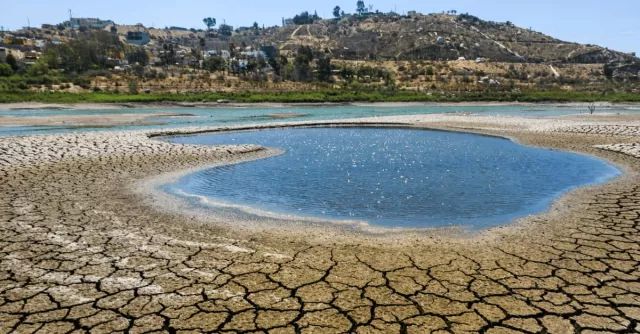FEMA Declarations Rise Sharply in 2023

Last year, 2023, was no different, except the number increased sharply from the previous year. This was especially true for major disaster declarations, which climbed to over 70 — versus 47 in 2022 — reinforcing the need for emergency preparedness in the year(s) ahead.
FEMA Declarations 2023
Most major disaster declarations issued in 2023 were associated with floods (21) and severe storms (31). Among the latest were DR-4752-UT (Utah Flooding) and DR-4751-TN (Tennessee Severe Storms and Tornadoes), declared in December. The latter of these declarations remains in effect today as people across Tennessee continue to work through the recovery process.
Another major disaster declaration in 2023 pertained to fire, namely the Hawaii Wildfires, DR-4724-HI, which was declared in August. The fires, powered by high winds, prompted evacuations on the island of Maui and left the town of Lahaina in ruins. The fires also claimed the lives of 100 people (as of November 14, 2023), according to Maui police.
Winter Weather, Tropical Storms, and Hurricanes
According to FEMA data, there were also seven major disaster declarations for winter storm events in 2023 and two snowstorms. On the opposite end of the weather spectrum were three major disaster declarations for tropical storms and four for hurricanes. These tropical weather events were Tropical Storm (and later) Hurricane Hilary, which impacted California and the La Jolla Band of Luiseno Indians; Hurricane Idalia in Georgia; and Typhoon Mawar in the U.S. territory of Guam.
As most know, major disaster declarations provide a wide range of federal assistance programs for individuals and public infrastructure, including funds for emergency and permanent work. This includes hazard mitigation assistance for actions to prevent or reduce long-term risk to life and property from natural hazards.
In addition to the 70+ major disaster declarations issued by FEMA in 2023, there were also 13 emergency declarations (up from 10 in 2022). Emergency declarations supplement state and local efforts in providing emergency services, such as protecting lives, property, public health, and safety or to lessen or avert the threat of a catastrophe.
Of the 13 emergency declarations in 2023, three were related to tropical storms, three to hurricanes, one to flooding, two to typhoons, one to seawater intrusion, and two to severe winter storms (including flooding, landslides, and mudslides in California). Interestingly, one emergency declaration was issued for elevated copper and lead levels in the U.S. Virgin Islands water supply in October (EM-3603-VI). It remains in effect today.
End of Covid Public Health Emergency & Beyond
Also of particular interest is that May 11, 2023, marked the official end of the COVID-19 national emergency declaration and major disaster declarations for state, tribal, and territorial governments. The President issued these on March 13, 2020, under the Robert T. Stafford Disaster Relief and Emergency Assistance Act (the “Stafford Act”), which is the longest-running one in FEMA’s history.
While no one can predict the future, the increase in FEMA declarations in 2023 certainly supports the need for emergency preparedness in 2024 and beyond.
If this involves reviewing or advancing your organization’s emergency, continuity, or hazard mitigation planning capabilities, consider Preparis. It’s the solution of choice for more than 10,000 organizational plans.


